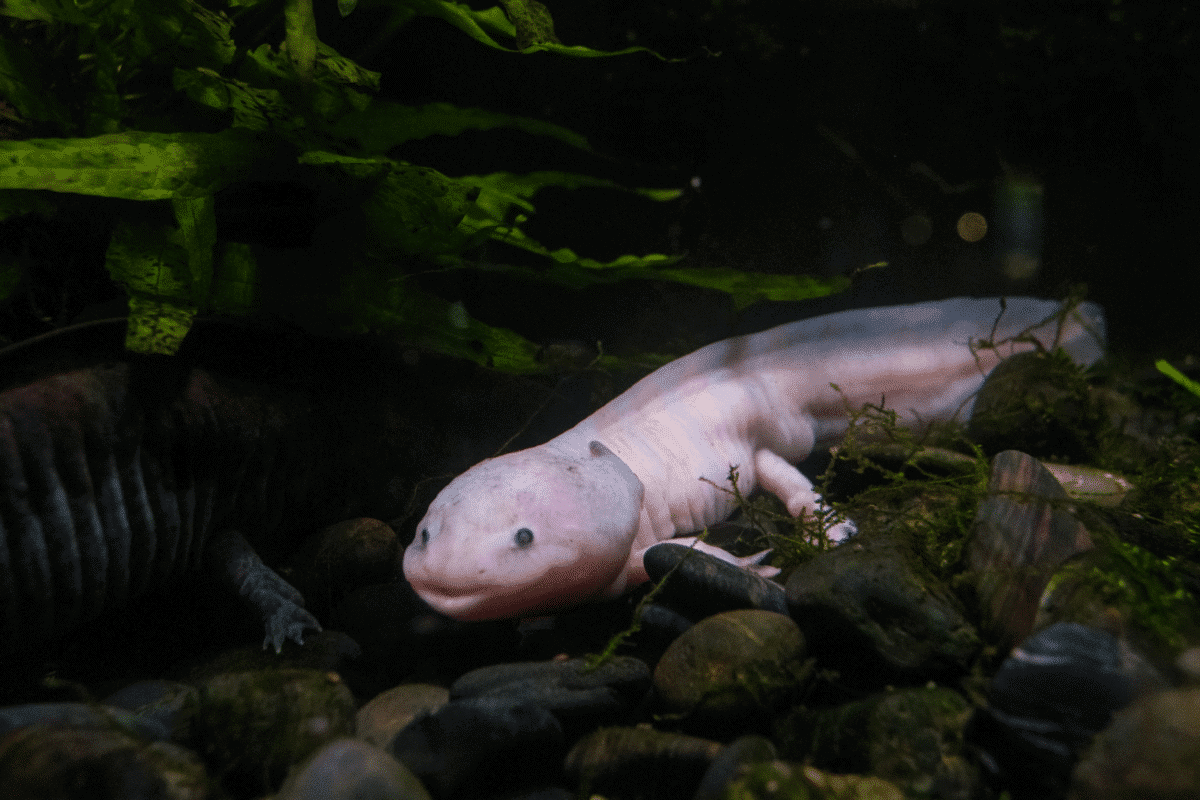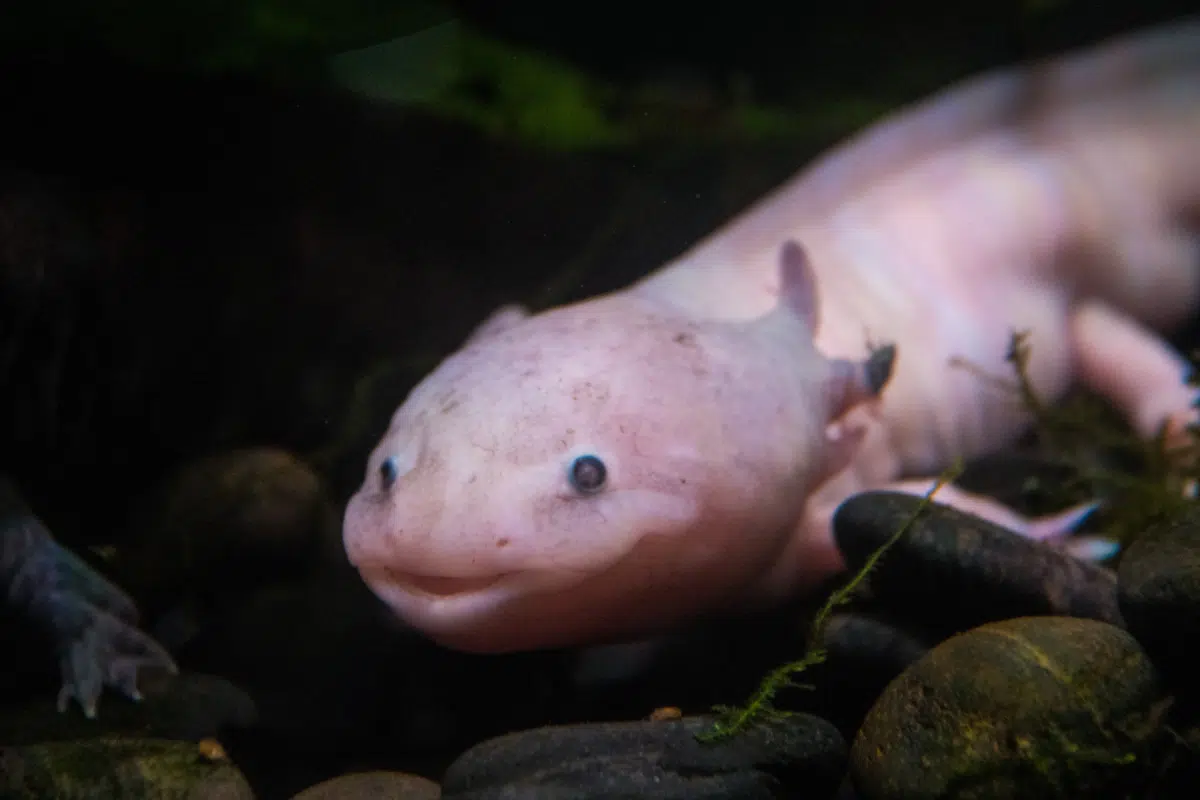Meet Glob, the Axolotl Planet Team’s astonishing discovery – the largest axolotl ever recorded! Standing proudly at a remarkable 14 inches, Glob is a testament to the incredible diversity of these fascinating creatures. Let’s dive into the world of axolotls and uncover the extraordinary details that make Glob a true giant among her aquatic peers.
Axolotl Basics: Where They’re Found and Background
Axolotls, also known as Mexican walking fish, are captivating amphibians native to the ancient lakes of Xochimilco and Chalco in Mexico. Unlike most amphibians, axolotls retain their aquatic juvenile features throughout their lives, a phenomenon known as neoteny. These fascinating creatures have become popular as pets due to their unique appearance and relatively low maintenance.
Glob’s journey into the Axolotl Planet Team’s care began when a family relocating overseas generously gifted her to the team. Little did they know they were parting ways with the largest axolotl ever documented.
Physical Characteristics: The Charming Chonkiness of Glob
Glob’s claim to fame isn’t just her size; it’s also her stunning leucistic coloring. Leucism is a genetic condition that results in a partial loss of pigmentation, giving Glob a mesmerizing pale hue. Picture a magnificent creature with ivory skin gracefully navigating her aquatic habitat. It’s a sight to behold!
While axolotls typically measure around 8 to 12 inches, Glob’s colossal size sets her apart. Her chonkiness, a term affectionately used by axolotl enthusiasts to describe a plump and healthy appearance, adds to her charm. Imagine a creature that combines grace and a bit of adorable pudginess – that’s Glob in all her glory.
Behaviour: A Gentle Giant in the Aquatic Realm
Despite her extraordinary size, Glob exhibits the same gentle and docile behavior characteristic of axolotls. These creatures are known for their calm temperament, making them ideal pets for enthusiasts of all ages. Glob’s larger-than-life presence doesn’t diminish her amiable nature; she glides through the water with elegance, captivating onlookers with every movement.
Axolotls, including Glob, have the ability to regenerate various body parts, such as limbs and even parts of their heart and brain. This remarkable regenerative capability has captured the interest of scientists and researchers, opening doors to potential medical advancements.
Diet: A Culinary Delight for Glob
Maintaining Glob’s health and well-being involves a carefully curated diet. Axolotls are carnivorous, and their menu typically includes live or frozen bloodworms, brine shrimp, and small fish. A well-fed axolotl is not only a happy one but also has a higher likelihood of exhibiting natural behaviors and thriving in captivity.
Lifespan: The Long and Happy Journey of Glob
Axolotls, when properly cared for, can live up to 15 years or more in captivity. Glob, with her robust health and dedicated caretakers, is poised to enjoy a long and content life. Providing a suitable habitat, maintaining water quality, and offering a nutritious diet are essential factors that contribute to the longevity of these captivating creatures.

Conclusion: Glob’s Legacy in the World of Axolotls
In the realm of axolotls, Glob stands as a living testament to the awe-inspiring diversity within this species. Her impressive size, enchanting leucistic coloring, gentle demeanor, and potential contributions to scientific research make her a remarkable ambassador for axolotls worldwide. As we continue to unravel the mysteries of these aquatic wonders, Glob’s legacy will undoubtedly leave an indelible mark on the world of amphibians.
Thank you for following along with this article –
Next up in the animal kingdom:
Join our Forum for free today!

- Beachgoers Save Massive Shark Stranded In Florida - July 22, 2024
- Pit Bull Rescued From Being Chained Its Whole Life Gets A Surprise - July 21, 2024
- Dog With Zoomies Takes Flight Into Barley Field - July 21, 2024

